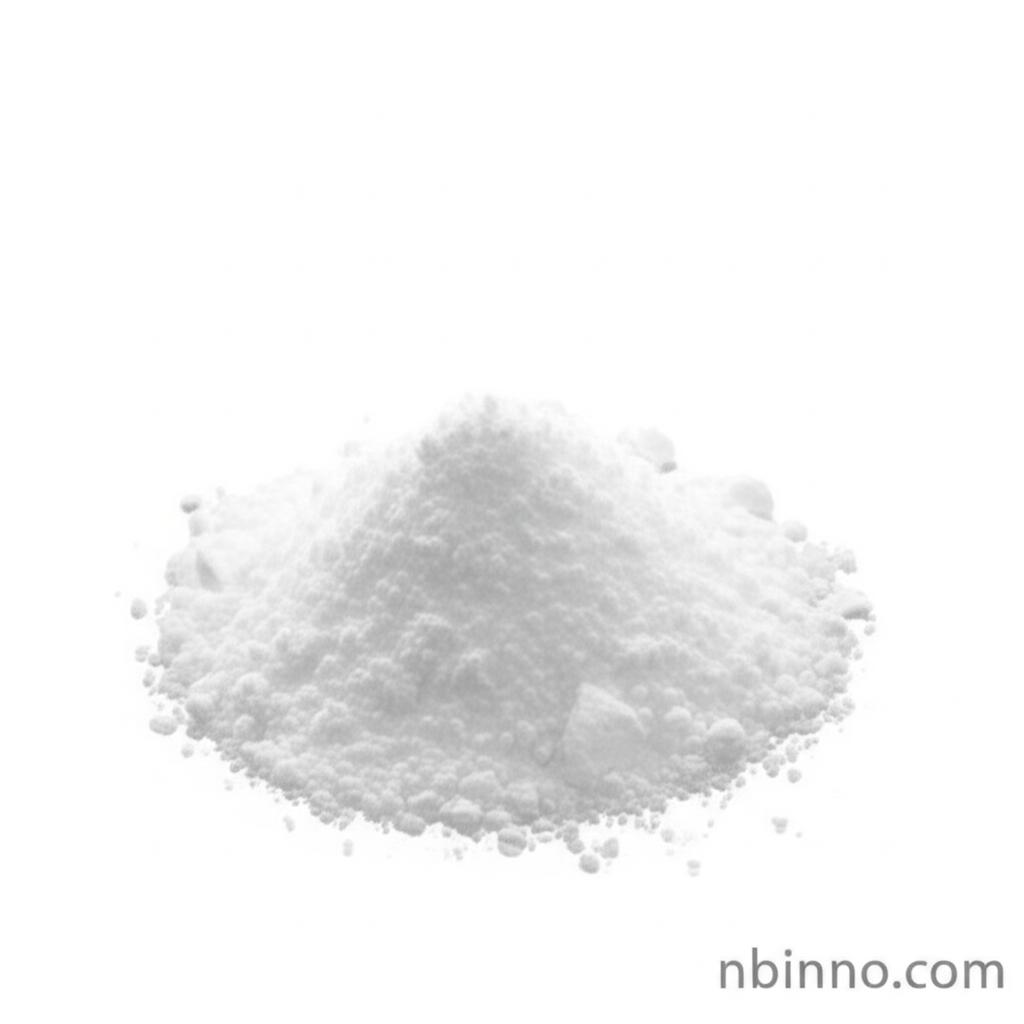4,6-Diphenylpyrimidin-2-amine: A Key Material for Advanced Electronics
Explore the properties and applications of a vital organic compound for next-generation electronic devices.
Get a Quote & SampleProduct Core Value

4,6-Diphenylpyrimidin-2-amine
This compound, known by its CAS number 40230-24-8 and often referred to as DPAM, is a critical component in the development of advanced organic light-emitting diodes (OLEDs) and other photoelectric materials. Its unique chemical structure and properties make it a valuable building block for researchers and manufacturers in the field of organic electronics.
- Discover the key properties of 4,6-diphenylpyrimidin-2-amine, including its molecular formula C16H13N3 and a melting point range of 132.0 to 136.0 °C.
- Understand the role of this pyrimidine derivative in organic electronics and its contribution to high-performance devices.
- Learn about the synthesis and availability of DPAM, a crucial element for researchers looking to buy this organic material.
- Explore the wide range of applications for 4,6-diphenylpyrimidin-2-amine in the field of photoelectric materials and organic chemistry.
Product Advantages
High Purity
With a purity of 97%, this organic material ensures reliable and consistent performance in sensitive electronic applications, aiding in the synthesis of DPAM.
Versatile Application
Its utility spans across OLEDs and photoelectric materials, making it a sought-after compound for various research and development projects.
Key Building Block
As a pyrimidine derivative, it serves as a fundamental component in creating novel organic semiconductor materials, contributing to advancements in the OLED pyrimidine derivatives sector.
Key Applications
OLED Technology
Essential for creating efficient and high-performance organic light-emitting diodes, crucial for next-generation displays and lighting.
Photoelectric Materials
Used in the development of devices that convert light into electricity or vice versa, pushing the boundaries of optoelectronic innovation.
Organic Chemistry Research
Serves as a valuable reagent and intermediate in organic synthesis, enabling the creation of complex molecular structures.
Material Science Advancement
Contributes to the broader field of material science by providing a reliable and well-characterized compound for exploration and development.
